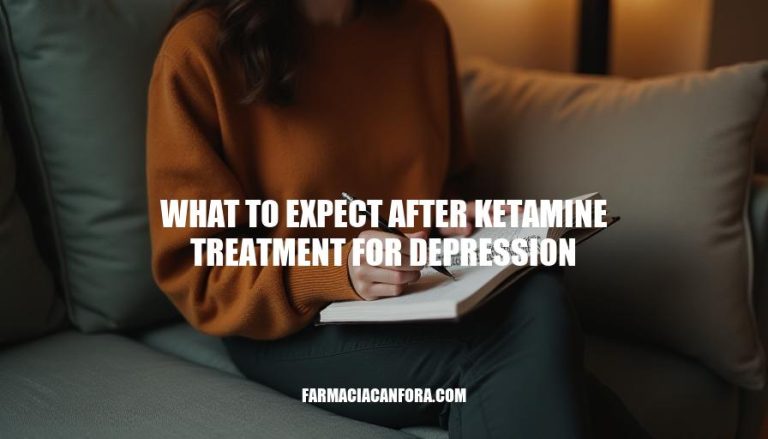


Ketamine treatment for depression is gaining popularity as a promising option for those who haven’t found relief with traditional therapies. This treatment involves administering low doses of ketamine, often through an IV or nasal spray, to rapidly alleviate depressive symptoms. After treatment, patients might experience immediate mood improvements, though some may feel tired or disoriented initially. The treatment’s purpose is to offer quick relief and open a window for further therapeutic work, making it a valuable tool in managing treatment-resistant depression.
Here are the immediate effects of ketamine treatment for depression:
These effects typically subside within a few hours.
After ketamine treatment for depression, one might experience several short-term changes:
Mood Improvements: Many patients report a rapid reduction in depressive symptoms, often within hours. This can include feelings of relief, increased positivity, and a decrease in suicidal thoughts.
Cognitive Shifts: Some individuals notice enhanced clarity of thought and improved focus. There can also be a temporary boost in cognitive flexibility, making it easier to think through problems and make decisions.
Emotional Relief: Patients often feel a sense of emotional lightness and reduced anxiety, which can help them engage more positively with their surroundings.
These effects can last from a few days to a couple of weeks, depending on the individual and the specific treatment protocol.
Ketamine treatment for depression has shown promising long-term outcomes. Studies indicate that patients often experience significant and sustained improvements in mood. For instance, one study found that 55% of patients had a 50% improvement in depressive symptoms, which lasted for six months.
However, to maintain these benefits, follow-up treatments are often necessary. Maintenance treatments can help sustain the improvements in mood and prevent relapse. For example, patients receiving intramuscular ketamine treatments maintained their improved depression and anxiety scores for over seven months with regular follow-up sessions.
Overall, while ketamine can provide rapid and lasting relief from depressive symptoms, ongoing treatments are typically required to maintain these positive effects.
Managing side effects after ketamine treatment for depression involves several strategies:
These strategies can help manage the side effects and enhance the therapeutic benefits of ketamine treatment. Always communicate with your healthcare provider about any side effects you experience.
Here are some necessary lifestyle adjustments after ketamine treatment for depression:
Daily Routines:
Support Systems:
These adjustments can help maximize the benefits of ketamine treatment and support long-term mental health.
After ketamine treatment for depression, patients can experience immediate mood improvements, cognitive shifts, and emotional relief.
However, they may also feel fatigue, dizziness, and emotional vulnerability in the short-term. These effects typically subside within a few hours.
In the long-term, patients can expect sustained improvements in mood, but ongoing treatments are often necessary to maintain these benefits.
To manage side effects and enhance therapeutic benefits, strategies such as grounding techniques, journaling, therapy, and mindfulness practices can be helpful.
Lifestyle adjustments like regular exercise, balanced diet, adequate sleep, and social support are also crucial for maximizing the benefits of ketamine treatment and supporting long-term mental health.